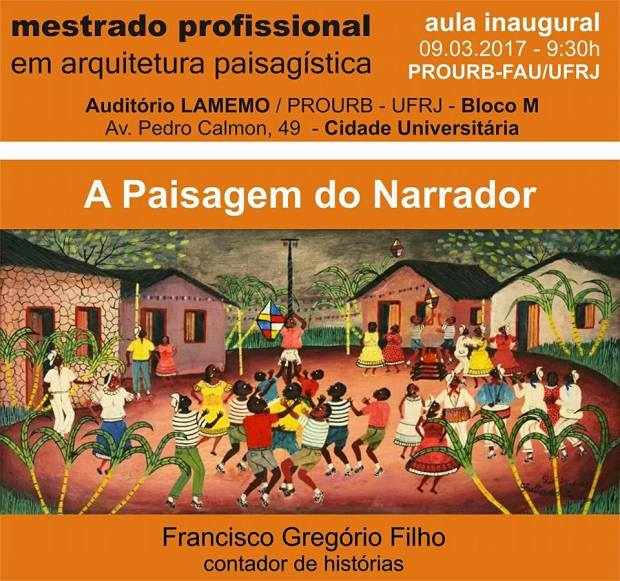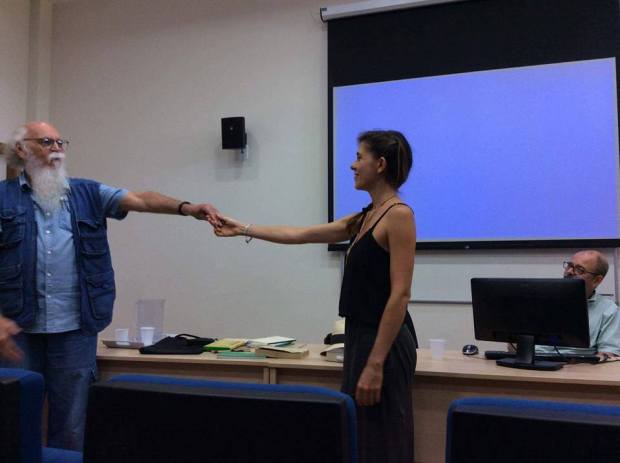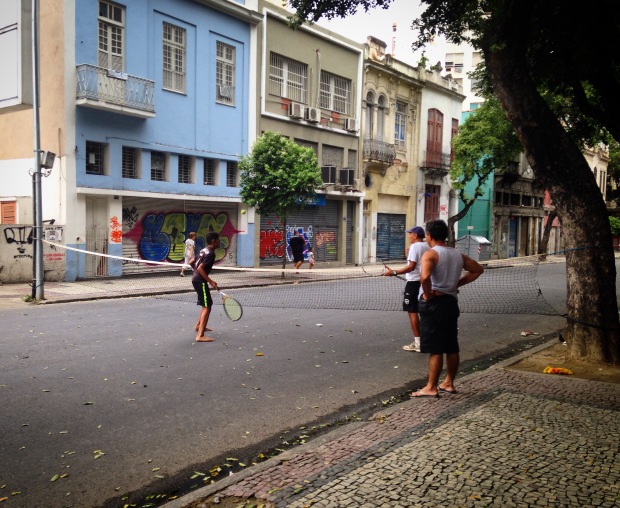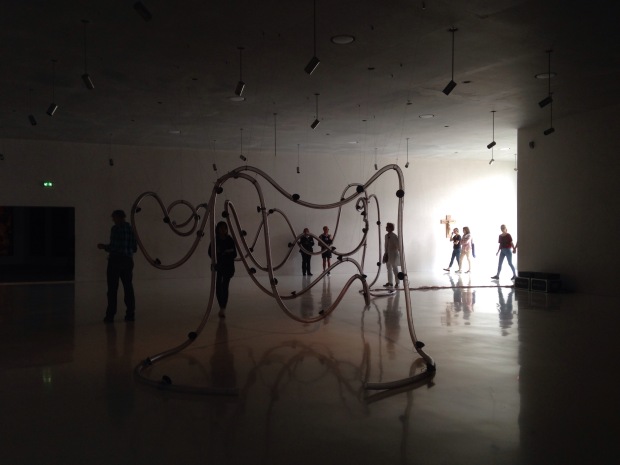Na última semana, tive a linda oportunidade de assistir a aula inaugural do Mestrado Profissional em Arquitetura Paisagística do PROURB/UFRJ, que teve como tema A Paisagem do Narrador, tendo como convidado o contador de histórias Francisco Gregório Filho.
Contar histórias, à princípio, não serve para nada. A literatura nao serve para nada. A arte nao serve para nada.
Na minha busca de compreender as ações artísticas nos espaços públicos, houve sempre a tentativa de relaciona-las a um processo de engajamento social e de debate sobre a cidade, uma tentativa de buscar sua permanência dentro de sua efemeridade.
No entanto, buscar uma função prática para arte pode retirar aquilo que nela é mais valioso e que sentimos fazer falta na cidade: o momento e o espaço para não servir para nada, para nao ser racional e prático, mas sim, sensível e conectado aos nossos sentimentos e aos outros.
A partir deste momento, talvez, possamos ter um modo de nos conectarmos e de carregar nossas energias para seguir nossos percursos individuais e coletivos, tecendo nossas historias e construindo paisagens.
___________________
Last week, I had the beautiful opportunity to attend the inaugural lecture of the Professional Master’s Degree in Landscape Architecture at PROURB / UFRJ, whose theme was The Landscape of the Storyteller, having the storyteller Francisco Gregório Filho as guest.
Telling stories, in a first thought, is useless. Literature is also useless. Art is of useless.
In my quest to comprehend artistic actions in public spaces, there has always been an attempt to relate them to a process of social engagement and of debate about the city, an attempt to seek its permanence in its ephemerality.
However, seeking a practical function for art can take away what is most valuable in it and what we feel is in lack in the city: the moment and the place for being useless, for not being rational and practical, but rather sensitive and connected to our feelings and to the others.
From this moment, perhaps, we can have a way to connect and load our energies to follow our individual and collective paths, weaving our stories and building landscapes.












